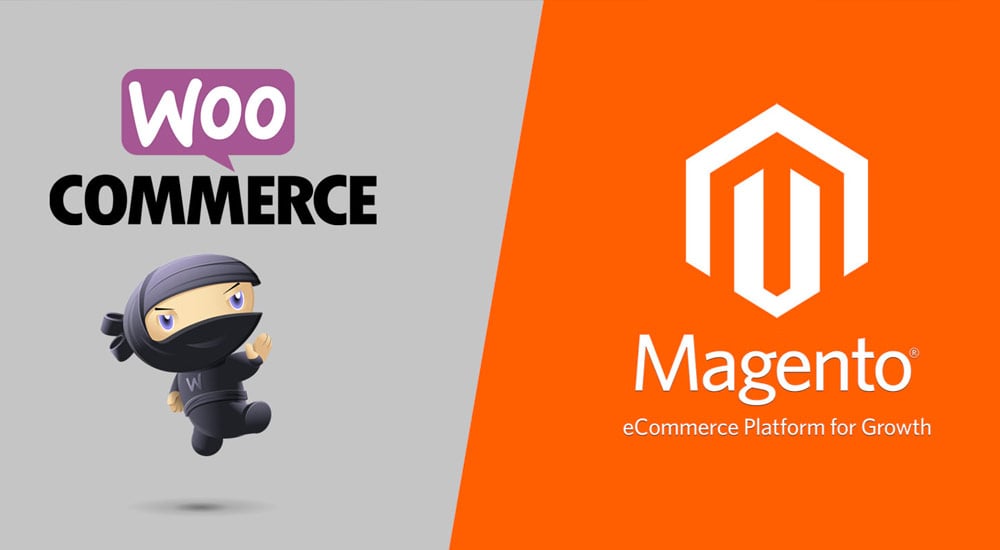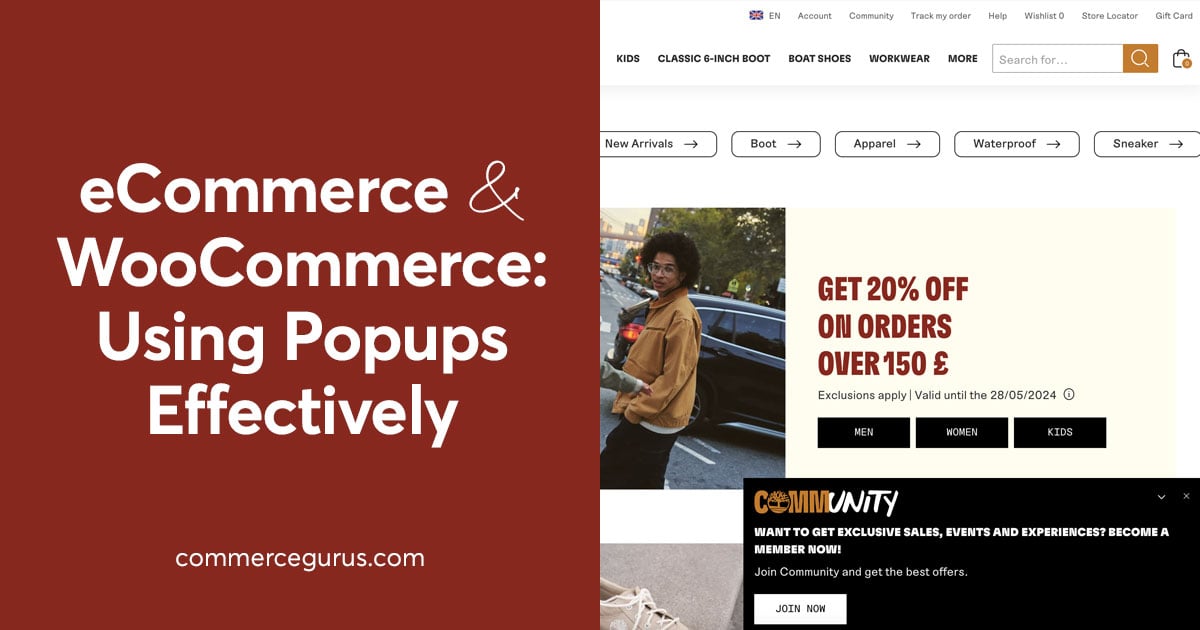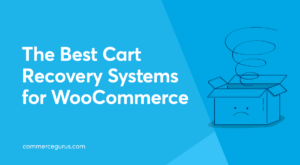As some of you may already know, eBay is shutting down both Magento Go and Prostores in early 2015. For those of you currently running your online store on Magento Go this presents a major dilemma as to where you move your online store.
Moving eCommerce platforms is just like moving house – it’s bloody stressful. Your first instinct might be to move to Magento Community Edition which came in at Number 2 in our most popular eCommerce platforms list. My advice would be to not switch to Magento Community Edition purely just because it’s a much more complex beast than you might think.
The imminent closure of Magento Go highlights one of the biggest risks of using a hosted eCommerce platform – the complete lack of control over the most critical aspect of your online operations. If this news has left a sour taste in your mouth and you now want to consider a self hosted eCommerce platform then you should think about using WooCommerce as your new eCommerce platform. WooCommerce came in at number 1 in our top eCommerce platforms list and is 100% open source and self hosted running as a WordPress plugin.
Migrating from Magento Go to WooCommerce
Right now, there’s no official migration process documented by WooCommerce for migrating from Magento Go to WooCommerce. I think that’s something that the Woo team should jump on quickly. In the meantime, Shopping Cart Migration do have a migration wizard which allows you to migrate from Magento Go to WooCommerce. Inmotion hosting have also created a detailed migration guide walking you through the process. For those with some basic technical skills the migration process is reasonably painless. But remember, the migration process will not migrate your Magento theme or the general look and feel of your online store. The good news is that there is an even better selection of themes available for WooCommerce than there ever was for Magento Go. ( including our very own Captiva theme which we will be launching in the next few weeks 🙂 )
My advice would be to start the migration process now. Set yourself up with a hosting provider and get WordPress and WooCommerce installed and take it for a spin to see if you like it as an alternative to Magento Go. If you do, my next bit of advice would be to formulate a detailed migration plan which considers every aspect of the switch from Magento Go to WooCommerce. Something like this might work as a general guide.
Magento Go to WooCommerce Migration Checklist
- Identify low impact migration window. Study your order history. When do you receive the fewest orders online? What time zone are your most lucrative customers in?
- Identify where your domain name is hosted. Most likely your platform switch will require a DNS change which is the biggest point of failure in the migration process. Find out where your domain name is hosted and ensure you get up to speed on how to switch A records for your domain name. If you do not control your domain name hosting then I suggest you get control back before moving forward with your migration planning. I have used dozens of domain name registrars over the years and there’s only 3 that I trust to do things right; Namecheap, Hover and Gandi.
- Setup your new live hosting environment. This should be done well in advance. In fact, this guide also assumes you’ve already become very familiar with how both WordPress and WooCommerce work. If you haven’t yet then stop reading this checklist and go learn WooCommerce! For rock solid, super fast WordPress hosting with top notch customer support I recommend WPEngine. If you’re not super technical and depend on your eCommerce platform for your business then don’t waste your time with low cost shared hosting providers as you’ll suffer – trust me.
- Backup your Magento Go data. Before you start any migration tasks, make sure you backup as much data as possible. I tend to be a bit paranoid when it comes to data backups and I think it is a good trait when it comes to platform migrations.
- Complete a dress rehearsal migration. Even the best laid migration plans fail when they’ve not been tested. It might seem like overkill but my advice you would be to complete a full dry run of the Magento Go to WooCommerce migration process well in advance of your planning live migration date.
- Tweak your migration plan. Observe where the problems occured during your test migration and if needs be, conduct another dry run. Only once this process is 100% seamless should you consider yourself ready for a live migration.
- Inform your customers. There is a very good chance that your customers will notice a small amount of downtime during the migration process as your domain name propagates from Magento’s servers to your WooCommerce server. My advice would be to send your customers a simple message informing them of the migration process to minimize confusion and lost confidence. If you have a high volume of orders it’s likely you might receive orders to both your Magento Go and WooCommerce sites as your domain propagates unless you shut your Magento Go store just before you switch the domain name. It’s up to you as to whether this is something you’ll be able to manage.
- Monitor the migration. Keep an eye on your DNS change as it propagates around the internet. This site can help you with that.
- Confirm the migration is complete. Once the migration has been completed I recommend you run a full series of live tests on your WooCommerce store. Complete even obvious things like Product search, add to cart and checkout processes to confirm everything is in order.
Don’t let anyone fool you into thinking that migration from one eCommerce platform is simple. It’s not. Even with tools which help us automate parts of the process, it’s got to be meticulously planned to ensure minimal disruption to your business. Hopefully this guide will help ease the stress and pain involved in the migration process.







 Best Cart Recovery Services for WooCommerce
Best Cart Recovery Services for WooCommerce How much does an eCommerce website cost?
How much does an eCommerce website cost? Share your purchase with the Social Checkout plugin
Share your purchase with the Social Checkout plugin Where to find the best WooCommerce extensions
Where to find the best WooCommerce extensions
While going through Cloudways LitExtension solution blog, I found that it can be done through a tool.
So what’s your say on it?